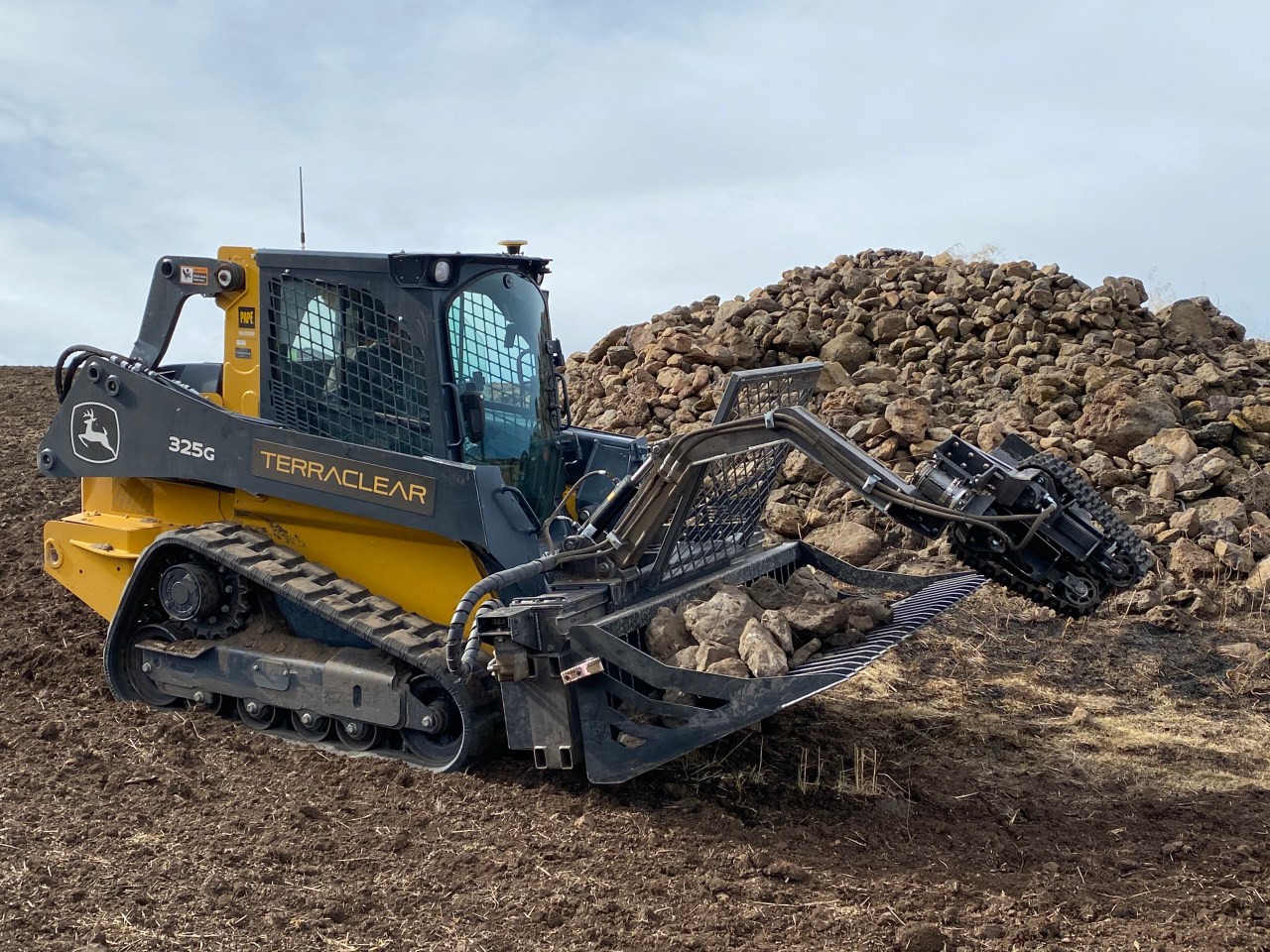The pastoral landscape of agriculture is undergoing a seismic shift, one that is catalyzed by the innovative integration of robotics and artificial intelligence. As we delve deeper into agtech, it becomes increasingly evident that automation is poised to revolutionize everything from planting to harvesting – and even to rock-picking. But the scope of robotic applications in agriculture stretches far beyond what we might typically envision. Join me in exploring how agricultural robotics is reshaping the industry and addressing unforeseen challenges along the way.
The Unseen Challenges: Rocks in the Field
It might sound humorous at first, but rocks are a genuine obstacle in agricultural practice. TerraClear, a pioneering startup in this sector, has ingeniously zeroed in on this issue. Founders Brent Frei and his team recognized the significant burden that rocks place on farming operations and created a tractor-robot hybrid that can pick up as many as 400 rocks per hour, with each rock weighing up to 300 pounds! This innovation addresses an astounding reality: over 400 million arable acres worldwide could benefit from a cost-effective solution to facilitate field preparation.
The Rise of Vertical Farming
As we grapple with a growing population and the pressing challenges of climate change, the conversation around urban agriculture becomes ever more critical. Bowery Farming is one of the frontrunners addressing these daunting issues, raising a staggering $300 million in funding, bringing its valuation to $2.3 billion. The combination of robots, AI, and advanced sensors within their vertical farming system ensures that crops can be cultivated sustainably in urban settings. Residents in urban areas can now enjoy locally sourced produce, increasing food security while minimizing transportation emissions and waste.
Emerging Innovations in Robotics
Robotics are not solely changing agricultural practices; they are redefining our understanding of what is possible. Take MIT’s intriguing development known as Digger Finger, for instance. This innovative robotic tool is capable of sensing and identifying underground objects. Its applications could extend far beyond agriculture, addressing issues like landmines detection or locating buried utility lines. As these technologies mature, we are only beginning to scratch the surface of their potential contributions.
The Role of Tactile Feedback in Robotics
Exciting advancements aren’t limited to the fertile fields of agriculture. Recent research at the University of Pittsburgh has introduced the concept of incorporating tactile feedback into prosthetic arms. Unlike traditional vision-based controls, this tactile integration provides a more nuanced perception of the object being manipulated. By bridging the gap between robotics and human sensation, these innovations demystify the complexities faced by users, offering profound improvements in real-world scenarios.
Conclusion: The Future of Agricultural Robotics
From eliminating rocks to smart,
sustainable farming, the scope of robotics in agriculture is boundless. It invites us to rethink the challenges that have long hindered the efficacy of farming practices and pushes the boundaries of technological innovation. Each of these examples signifies a step towards enhanced productivity, reduced costs, and a sustainable approach to addressing the food needs of a growing population.
At fxis.ai, we believe that such advancements are crucial for the future of AI, as they enable more comprehensive and effective solutions. Our team is continually exploring new methodologies to push the envelope in artificial intelligence, ensuring that our clients benefit from the latest technological innovations. For more insights, updates, or to collaborate on AI development projects, stay connected with fxis.ai.

